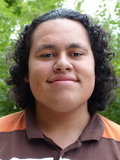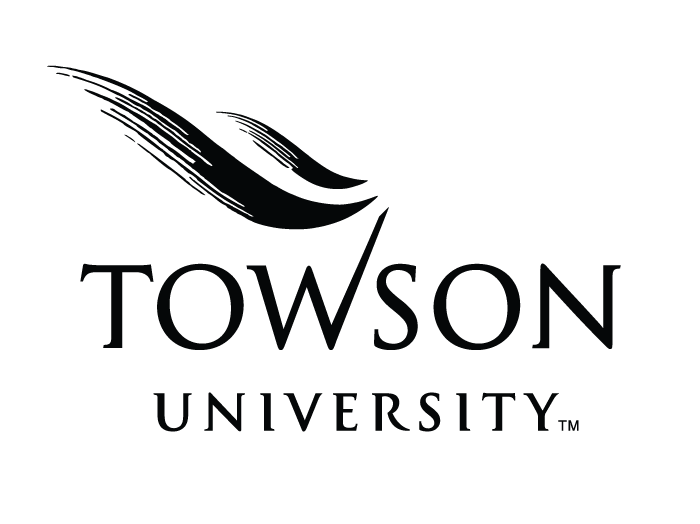What did you do over the summer?
Senior Nick Sokol spent nine weeks in Pennsylvania, trying to figure out whether El Niño causes drought in the southeastern United States.
The geography/history double major traveled to Penn State University to attend the Sustainable Climate Risk Management research network, or SCRiM. The network studies sustainable, feasible, efficient and ethical ways to manage climate risk. The two-month interdisciplinary program paid Sokol to study with scholars from 19 American and international universities.
“If you had told me back in high school that I’d dedicate nine weeks of my summer to doing research, I would have called you stupid,” Sokol says. “But I really enjoyed it.”
Just before he was recommended for SCRiM, Sokol applied for a scholarship from the American Meteorological Society. AMS required a research paper; the statistical analysis helped Sokol feel confident about handling the rigors at the research network.
His study looked for significant relationships between northern and southern El Niño patterns and drought. The results showed that El Niño is not the only factor causing drought in the southeast, which led Sokol to another theory: that the area’s significant agricultural industry and high number of tourists play a role.
“I figure the draw on water has to be growing,” says Sokol, who also carries a double minor in meteorology and geographic information science. “When the average person takes a shower, it’s about five gallons. If a family of four comes in, that’s 20 gallons of water gone.”
Sokol concluded that scholars should evaluate water usage and filtration speed in the southeast to see if they contribute to dry agricultural conditions.
The summer at Penn State enriched the South Carolina native personally, too. Aside from trying Indian and Thai food for the first time, Sokol’s new friendships with faculty and student researchers from all over the world lent him insights into regional perspectives about everything from sinking cities to unfamiliar treats.
“She’d never had ice cream before,” he says, recalling a Russian student who made frequent trips to a legendary dairy shop on PSU’s campus. “She became addicted. She wanted to go every day.”
Sokol first became interested in his fields of study when he was 13 and stumbled upon an encyclopedia program on his sister’s laptop. His curiosity progressed from history to cartography to geography as he made connections from historical events to the places where they happened. He even credits a video game, “Civilization 3,” with fostering his interest.
“That made me want more knowledge about where things were in the world and how certain peoples ended up the way they are, how they developed and what access to resources they had.”
With SCRiM wrapped up for the year, the president of the TU Geography Society is waiting to hear from AMS about its scholarship. Meanwhile, with the help of two other scholarships and three grants, he attends Towson and eyes his future.
He plans to earn a Ph.D. and teach, but would also consider working for a climatology or meteorology group. And he is grateful that Towson houses its geography program as one of the humanities in the College of Liberal Arts.
“A lot of research groups and think tanks want people from all over the [academic] spectrum,” he says. “It makes me feel like I’m more of a versatile individual.”

